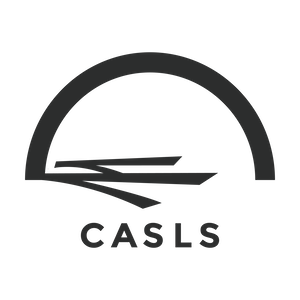View Content #11975
| Contentid | 11975 |
|---|---|
| Content Type | 1 |
| Title | Ellis Island Resources |
| Body | Ellis Island Closes (November 12, 1954) More than 12 million immigrants were processed through Ellis Island between 1892 and 1924, after which it was used as a detention and deportation center. There are several resources from Annenberg Media that can help you use this event to discuss the differences in immigration policy then and now. Start with four courses for high school teachers. First, gain a global economic perspective on the forces driving immigration with Inside the Global Economy, program 5, “Labor and Capital Mobility.” http://www.learner.org/resources/series86.html “Boundaries and Borderlands,” program 2 of The Power of Place: Geography for the 21st Century, offers a close-up view of migrant issues through one woman's story. And “Population Geography,” program 21, looks at motives for migration from and within Mexico and the effects of U.S. border policy. http://www.learner.org/resources/series180.html Program 11 of The Constitution: That Delicate Balance focuses on immigration reform through interviews with retired U.S. Court of Appeals Judge Arlin Adams, Notre Dame President Emeritus Reverend Theodore Hesburgh, and immigration officials and journalists. http://www.learner.org/resources/series72.html For a literature connection, American Passages: A Literary Survey, http://www.learner.org/resources/series164.html, explores American history, conceptions of race, and immigrant issues through literature, in program 2, “Exploring Borderlands,” program 9, “Social Realism,” and program 12, “Migrant Struggle.” On the series Web site, see Coming to America: Immigrants at Ellis Island http://www.learner.org/amerpass/unit09/context_activ-3.html, then use search terms "immigrant" and "immigration" to find historical images and other artifacts in the archive. http://www.learner.org/amerpass/slideshow/archive_search.php For K-5 professional development, Social Studies in Action: A Methodology Workshop K-5, workshop 3, “Exploring Unity and Diversity,” develops a mini-lesson on immigration and citizenship based on primary source documents and Howard Gardner’s theory of multiple intelligences. http://www.learner.org/workshops/socialstudies/session3/index.html For K-12 professional development, in program 24 of Social Studies in Action: A Teaching Practices Library, K-12, a 10th-grade class engages in group work to explore economic, political, and environmental circumstances that cause people to emigrate to the U.S. from Latin America. http://www.learner.org/resources/series166.html. Find additional resources on the series Web site at http://www.learner.org/libraries/socialstudies/9_12/weir/index.html. For literature lessons related to the experience of immigrants, see Teaching Multicultural Literature: A Workshop for the Middle Grades, http://www.learner.org/resources/series203.html and The Expanding Canon: Teaching Multicultural Literature in High School http://www.learner.org/resources/series178.html. At the elementary level, Teaching Reading 3-5 Workshop, http://www.learner.org/resources/series204.html, focuses on Latino immigration in Maria Ruiz-Blanco's third-grade classroom. http://www.learner.org/workshops/teachreading35/classrooms/cv2.html. |
| Source | Annenberg Media Update |
| Inputdate | 2010-11-07 04:24:24 |
| Lastmodifieddate | 2010-11-07 04:24:24 |
| Expdate | Not set |
| Publishdate | 2010-11-08 00:00:00 |
| Displaydate | Not set |
| Active | 1 |
| Emailed | 1 |
| Isarchived | 1 |
